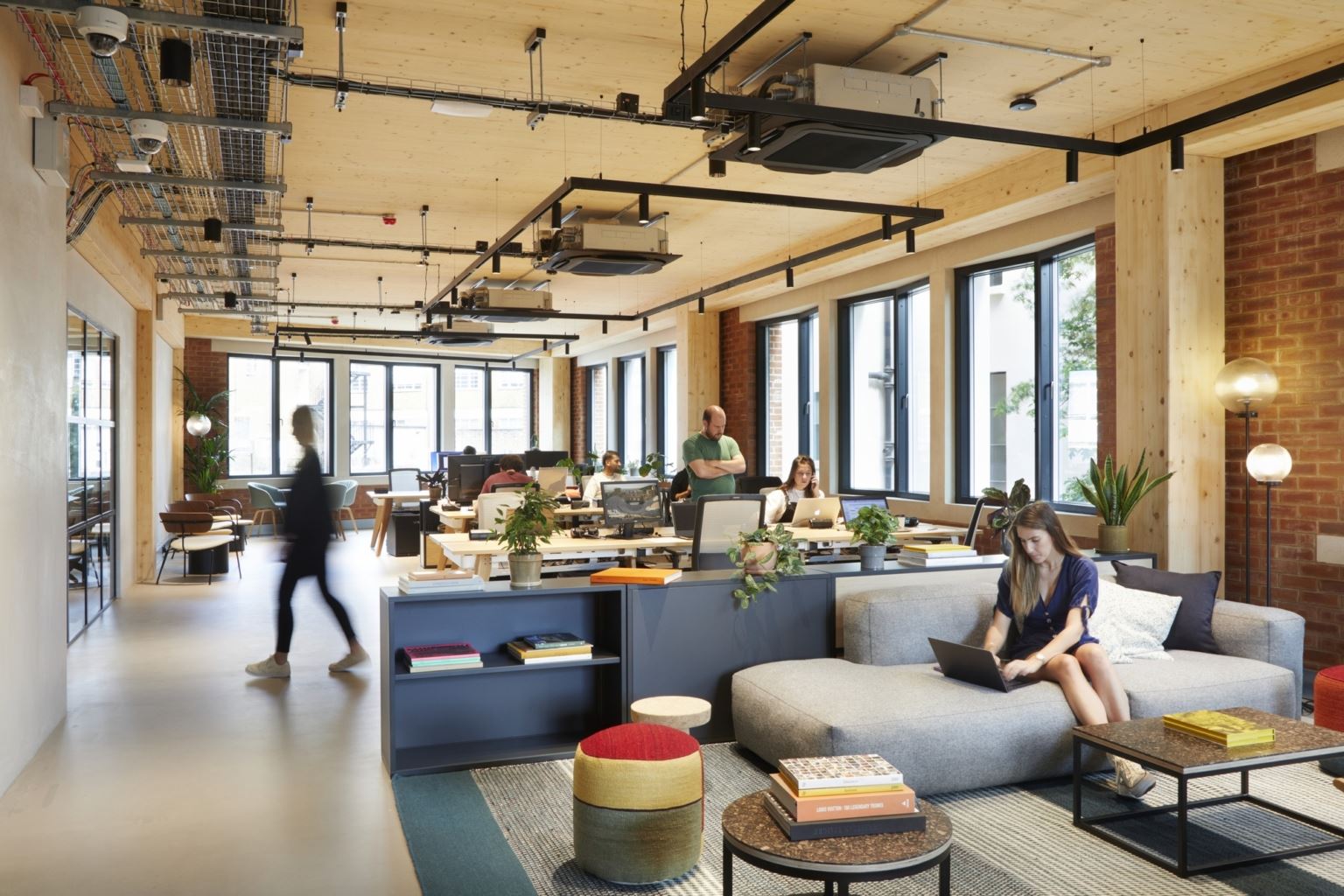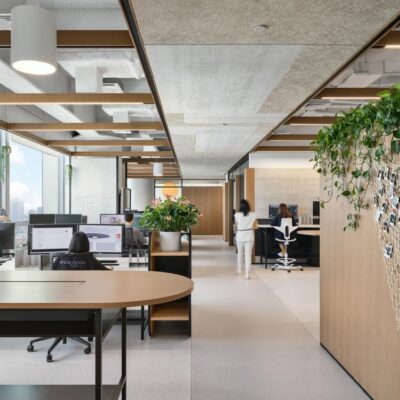At the heart of every successful business strategy lies a Key Performance Indicator (KPI), a beacon guiding towards well-defined business outcomes. Simplified, this concept isn’t as daunting as it might initially appear.
Consider the goals every business aspires to: enhancing revenue, expanding the member base, and boosting the number of sales leads. These objectives vary widely, encompassing both the grand and the granular, the immediate and the long-term.
KPIs are the tools we use to quantify and track these ambitions, offering a clear mark for stakeholders to aim at. However, the true worth of a KPI lies in the actions it motivates. As businesses evolve, it becomes apparent that some KPIs may not effectively reflect their intended goals.
This necessitates a continuous cycle of monitoring and reassessment of KPIs to ensure they remain aligned with business objectives. While starting out, manual tracking through tools like Google Sheets might suffice, but as the scale of operations grows, this method becomes untenably cumbersome.
Fortunately, the market offers plenty of coworking management software solutions engineered for this process, enabling entrepreneurs to effortlessly monitor and achieve their business goals.
In this blog, we will explore the core business objectives that drive the modern coworking space and explore the specific KPIs crafted to realize these overarching ambitions.
1. Develop a Robust Strategy and Measure Success with KPIs
Crafting a strategy is just the starting point. The real power lies in deploying Key Performance Indicators (KPIs) to assess the effectiveness of your acquisition efforts. Setting clear targets allows you to monitor each aspect of the member acquisition process, ensuring you’re on the path to achieving your business goals.
Technology for Efficiency
Utilize coworking space management software, like Archie, to improve lead tracking and nurturing. Automating these processes not only saves time but also enhances the accuracy of your data.
Key KPIs for Member Acquisition
- Website Traffic: Your coworking space’s online presence is crucial. High website traffic increases the likelihood of generating real leads. Tools like Google Analytics and Semrush’s website traffic checker offer a free way to monitor this metric.
- Google Business Profile Interactions: Registering your business on Google is a must. Monitor interactions with your profile to gauge public interest and identify areas for increased publicity.
- New Leads per Month: Track both hard leads (those booking tours or signing up) and soft leads (interested inquiries) to understand your long-term growth trajectory.
- Tour Bookings: A direct indicator of interest, the number of tours booked reflects the effectiveness of your marketing and sales efforts. A decline in this number signals a need for strategy reassessment.
- Tour Conversion Rate: Beyond just booking tours, it’s crucial to monitor how many visitors become paying members. Low conversion rates indicate potential issues in your sales process or offering.
- No-Show Rate: High no-show rates for tours pinpoint problems in the early stages of your sales funnel, necessitating a strategic review.
- Leads from External Partners: Don’t overlook leads generated through coworking aggregators like Coworker. Comparing these to organic leads provides a comprehensive view of your space’s market performance.
Implementing Your Strategy
- Define Your Budget: Establish a financial framework for your coworking space, considering both foreseeable and unforeseen costs. Use resources like the BOMA website for guidance.
- Understand Space Metrics: Grasp the difference between usable and rentable square footage to accurately plan your budget.
- Prioritize Location: The right location can significantly impact your coworking space’s success. Consider proximity to potential members, transportation access, and competition.
- Choose Between Fixer-Upper or Turnkey Spaces: Decide whether you’re willing to invest in significant renovations for a custom space or prefer a move-in-ready option.
- Engage a Broker: A knowledgeable broker can streamline the search process, leveraging their market insight to find spaces that meet your criteria.
- Tour Potential Spaces: Visiting spaces with your broker, armed with a detailed checklist, helps ensure the location meets all your operational needs.
- Negotiate Lease Terms: Work closely with your broker to negotiate lease terms that align with your business objectives, considering factors like tenant improvements, lease duration, and cost.
By refining your approach to member acquisition, key metrics, and strategically selecting your coworking space, you’re well-positioned to attract and retain a community of members.
2. Enhancing Membership Growth and Retention
Once your coworking space begins to see a steady influx of new members, thanks to a well-oiled sales funnel and effective marketing strategies, the journey towards building a thriving community is well underway. Congratulations on reaching this milestone! However, the journey doesn’t end here. The next crucial phase is to focus on growing and retaining your existing membership base.
Cultivating Member Loyalty and Growth
Achieving a sign-up is only the beginning. The real challenge lies in ensuring that members find enough value in your space to stay and become advocates for your brand. This involves crafting strategies aimed at enhancing member satisfaction and encouraging repeat business and referrals.
To effectively manage and stimulate growth within your existing membership, it’s essential to track specific Key Performance Indicators (KPIs) that offer insights into member engagement, space utilization, and financial health.
Key KPIs for Existing Membership Growth
- New Members per Month: This metric offers a snapshot of your space’s attractiveness and the effectiveness of your marketing and sales efforts. However, it doesn’t provide insights into member engagement or financial contributions.
- Occupancy Rate: Understanding how much of your space is utilized on a monthly basis is crucial for gauging coworking space profitability. This metric is typically expressed as a percentage of occupied floor space.
- Occupancy Rate by Workstation: This refines the occupancy metric by showing the proportion of workstations in use, offering a clearer picture of space utilization.
- Average Revenue per Member: Beyond just filling your space, it’s important to maximize the value each member brings. This KPI helps you understand the financial contribution of members and identify opportunities for upselling or improving services.
- Revenue by Product Type: Similar to managing a hotel with diverse offerings, this metric breaks down revenue by the different services and amenities your coworking space provides, allowing for targeted improvements and promotions.
- Revenue by Occupied Workstation: Given the shared nature of coworking spaces, tracking revenue generated per workstation can highlight the most profitable aspects of your space.
- Break-Even Point: Knowing the occupancy rate required to cover costs each month is vital for long-term sustainability. This metric guides strategic decisions to ensure financial viability.
- Member Churn: Monitoring how many members leave your space is critical for assessing member satisfaction and identifying areas for improvement.
- Returning Members (Retention Rate): High retention rates signal a healthy coworking community and effective member engagement strategies. Conversely, stagnation in this area may indicate underlying issues that need addressing.
Implementing Growth Strategies
- Focus on Member Experience: Ensure that every aspect of your coworking space, from the physical environment to the community events, is designed to meet and exceed member expectations.
- Engage and Listen: Regularly solicit feedback from your members to understand their needs and preferences. Use this information to tailor your offerings and create a more personalized experience.
- Technology: Utilize management software to streamline operations and gather data on member usage patterns, preferences, and satisfaction levels.
- Community Building: Encourage an strong sense of community through networking events, workshops, and social gatherings. A vibrant community encourages member retention and word-of-mouth referrals.
- Transparent Communication: Keep members informed about new developments, changes, or improvements within the space. Transparency builds trust and loyalty.
By focusing on these areas and closely monitoring the outlined KPIs, you can not only grow your existing membership base but also create a coworking space that members are proud to be a part of.
3. Benchmarking and Industry Standards
Benchmarking and industry standards are critical for coworking space operators to gauge their performance relative to the broader market. By comparing key performance indicators (KPIs) against industry averages or direct competitors, operators can identify areas of strength and opportunities for improvement. This comparative analysis helps in setting realistic goals, driving strategic decisions, and encouraging a competitive advantage.
To effectively incorporate benchmarking into KPI monitoring, coworking spaces should:
- Identify Relevant Benchmarks: Focus on KPIs that are most relevant to your business goals and operational priorities. Common benchmarks in the coworking industry include occupancy rates, member churn rates, average revenue per member, and customer satisfaction scores.
- Use Industry Reports: Leverage reports from coworking industry associations, market research firms, and business analytics companies. These sources often provide valuable data on industry averages and trends.
- Participate in Industry Forums: Engage with online forums and networks for coworking space operators. These platforms can be excellent resources for sharing and obtaining performance data and best practices.
- Conduct Competitive Analysis: Regularly review the offerings, pricing, and publicly available performance metrics of direct competitors. This can provide a clear picture of where your space stands in the local market.
Conclusion
The success of a coworking space hinges on the strategic application of Key Performance Indicators (KPIs) and the effective use of technology. Platforms like Archie are crucial in this process, offering comprehensive management solutions that improves operations, enhance member experience, and drive growth.
By focusing on member acquisition, retention, and industry benchmarking, coworking spaces can leverage tools like Archie to not only meet but exceed the expectations of their community.






















![Coworking Space Rules and Regulations [Guide + Template] The image shows a woman standing at a desk in a modern office space.](https://archieapp.co/blog/wp-content/uploads/2024/05/Best-coworking-management-software-compared-—-cover-image-400x400.jpg)

![How to Create a Coworking Space Agreement [+ Template] A colorful coworking space with long wooden desks, white chairs, potted plants, and cozy wall nooks for focused work.](https://archieapp.co/blog/wp-content/uploads/2024/01/cowooork-400x400.jpeg)